
In 2020, Mike Mahardy left his role as a producer at GameSpot (and occasional guest appearances with the fine folks here at Giant Bomb) to make a daily show for Polygon. You can follow him on Twitter at @mmahardy.
—
I’ll spare you the gory details about my personal 2020. We all have our stories by now, and you don’t need to hear mine. Suffice it to say, 2020 was a year in which I not only found refuge in games, but also “returned” to them, so to speak, and took the chance to interrogate my relationship with them entirely.
In some cases, I reconfirmed my love for certain genres. In others, I found dissatisfaction where I once found comfort. And in one select instance, I was drawn strongly to a game that runs counter to everything the past versions of me enjoyed. In an arbitrary chunk of months when I had so much more time to think, I guess it’s fitting--and fortunate--that games helped me know a little bit more about myself.
10. XCOM: Chimera Squad
“Where do they go from here?”
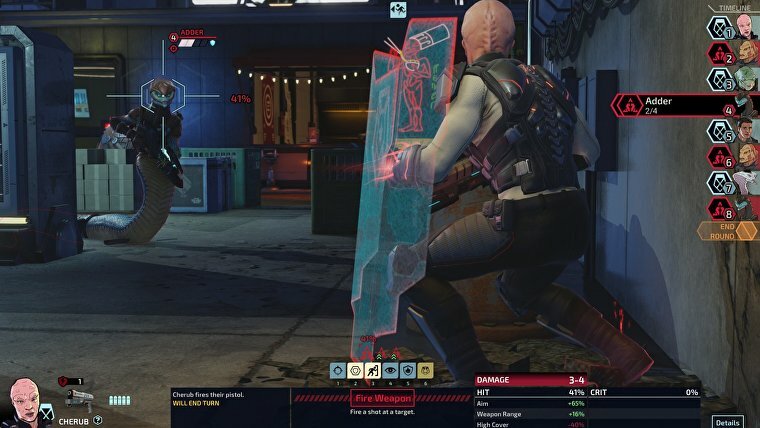
It’s a question I asked myself frequently in 2017 while playing XCOM 2: War of the Chosen. It seemed as if developer Firaxis Games had dug itself a hole. Or rather, it had built itself a tower--one with unshakeable supports, gorgeous facades, and a towering spire for all the lesser turn-based tactical games to glare up at. The studio had (almost) created perfection. So again: where could they go from there?
The answer, as it turns out, was inside. XCOM: Chimera Squad serves as a reexamination of what makes the modern XCOM games tick--an effort to reinforce the foundation against future erosion. It introduces initiative-based turn orders, making the when of your actions just as important as the what. It adds a SWAT-like Breach mode that makes insertion part of the puzzle rather than something to safely take for granted. Finally, Chimera Squad takes a more involved role than its predecessors in the very act of storytelling, swapping out procedural recruits for 11 scripted characters with concrete backstories and incontrovertible quirks of their own.
And while I don’t love all of these changes--emergent characterization is my favorite part of the XCOM DNA, after all--I can’t help but appreciate Chimera Squad for its willingness to question tradition, and for what it means going forward.
9. Ghost of Tsushima
Speaking of questioning tradition: a friend recently pointed out that I seem to be fixated on “crisis of faith” stories. It pains me to say it, but she’s right. Just don’t tell my priest.

That paraphrased joke comes courtesy of my late Irish Grandpa, and it’s a joke I thought about often while playing Ghost of Tsushima. In an otherwise fine open-world game, the story of Jin Sakai and his questioning of samurai tradition cut the lapsed catholic in me to the bone. Ghost captures the feeling of being an outcast, of being one of the few to question a system that no longer seems tenable in the face of overwhelming chaos. Jin’s journey vacillates between meditative reveries and violent outbursts in an almost dreamlike manner as he returns to the villages of his childhood, reconnects with the figures he used to call mentors, and in the end, confronts the consequences of his perceived radicalism.
What’s more, in a clever manner of contextual storytelling, most of Jin’s most powerful upgrades tend to push him away from the Samurai code that his dead friends and relatives took to their graves. The same abilities gradually start to terrify the Mongols, as Jin becomes a force they can’t predict, less of a samurai and more of a, well, ghost. The old ways die hard. And in the grand sweep of things, Jin’s fight for his home is representative of a more universal conflict: the pain of confronting our beliefs, contemplating the role they played in shaping us, and deciding which ones might play a part in our future.
8. Wasteland 3

There’s not much to say here, really. Wasteland 3 is just an extremely solid role-playing game. It’s also a very old school role-playing game. For someone like me, obsessed as I am with inventory management and party loadouts, this isometric post-apocalypse from the veteran minds at inXile Entertainment was the laser-focused salve I needed to weather one of the strangest summers of my life.
By laying out its overarching objectives upfront--“Go here, kill this person, then go here, and capture this person, then go here, and talk this person down from a ledge”--Wasteland 3 frees up the rest of your brain cells to focus on fleshing out your Rocky Mountain base, recruiting characters into your Wasteland Rangers militia, and micromanaging everything in between. I’m not the first person to compare this effort to the early Fallout entries, but I will wholeheartedly support that claim.
At a time when so many RPGs are fixated on pushing boundaries - and that’s a great thing, to be clear--Wasteland 3 is clearcut, streamlined, and solid. And it’s just the kind of RPG I needed this year.
7. Demon’s Souls
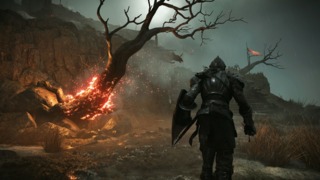
Like the best remakes (does Bluepoint Games make any other kind?) Demon’s Souls reminds me why I fell in love with the source material in the first place. It also reminds me just how bold the first
"Soulsborne” was back in 2009, before Dark Souls graced us with its bonfire checkpoints, Bloodborne dazzled us with its interwoven world, and Sekiro: Shadows Die Twice gave us just enough tools to weather its ferocious combat.
Because in Demon’s Souls, you are almost never moving toward safety. There is only more danger, more uncertainty, more apprehension around that next corner. You’re always getting closer to the flames. And if you do reach a room where a new archstone checkpoint will eventually spawn? Well, fine. You can have it. Just kill this bipedal gargoyle monster first. Oh, and its friend, too.
Demon’s Souls’ (Did I get those apostrophes right?) dedication to this headlong hurtle was softened over the years--specifically by the very mechanics I just praised FromSoftware’s subsequent games for--but the remake serves to remind us just how much of an outlier the “franchise” used to be before it became, arguably, the governing force in games throughout the last decade.
6. Monster Train
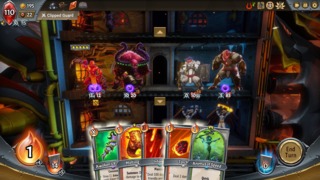
I bounced off of Griftlands. I liked Slay the Spire. I enjoyed the hell out of Nowhere Prophet. And I absolutely adore Monster Train.
In the prospering genre of roguelike deck-builders, no other outing has hooked me quite like this. Monster Train doesn’t do anything radically new, per se, but it does cash checks its forebears wrote: by introducing its titular locomotive, complete with four floors to defend against invading hordes, it makes spatial awareness and unit placement just as crucial as hero upgrades and deck composition. Clever players can even use the train’s core--the beating heart on the fourth floor, whose destruction signals “Game Over”--as another weapon in the strategic fight against attackers. I’m reminded of the city of Minas Tirith, whose seven tiers grant dwindling defenders elevated cover and condensed space every step of the way. Gondorian architects had it all figured out.
It doesn’t hurt that Monster Train has five fleshed-out factions to upgrade. It also doesn’t hurt that you can combine any two of them on each run. And it definitely doesn’t hurt that each faction’s champions are as nuanced as any of Slay the Spire’s solitary heroes. Yes, Monster Train is just that good, and it’s the game I still return to daily.
5. Super Mega Baseball 3
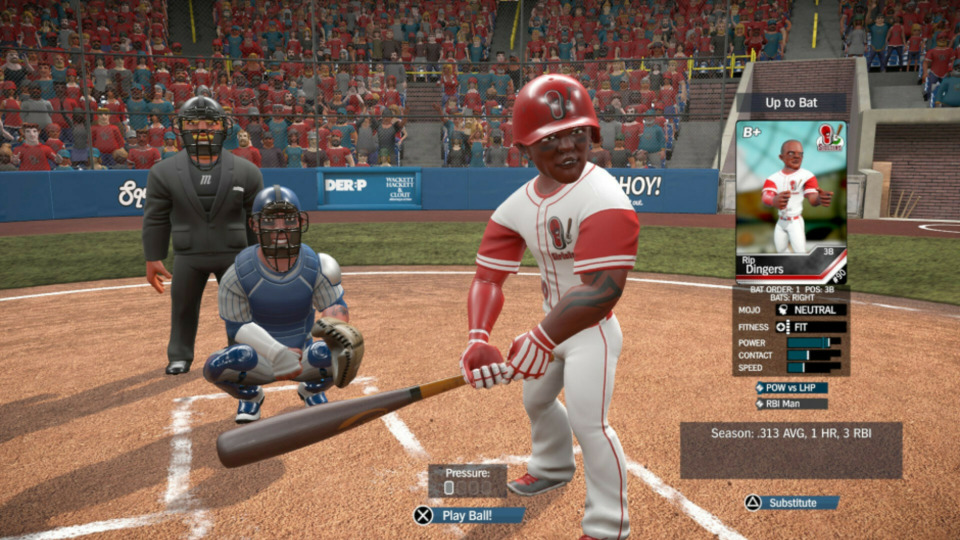
I’m tempted to point to the spring’s absence of real baseball as the reason I fell into Super Mega Baseball 3. But the truth is, the two have little connection. I fell for Super Mega Baseball 3 for the same reason I fell for Rocket League, NFL Street 2, and Mario Tennis: it takes the fun of the sport and explodes it to the tenth degree.
That’s not to say there isn’t an exhaustive baseball “experience” on display here. I saw a handful of customized teams through extensive seasons, all while managing injuries, negotiating salary caps, and recruiting future prospects. I also created dugouts’ worth of new players, with batting averages as cartoonish as their mustaches.
But the real magnetism of Super Mega Baseball 3 is its dedication to mechanical joy: great pitches glide off your thumb. Home runs have an otherworldly oomph. Double plays happen just as quickly in the mind’s eye as they do on-screen, and when I pull them off, I’m reminded why I loved baseball to begin with. It’s that combination of elegance, preparation, and chance. And Super Mega Baseball 3 understands the formula like few others.
4. Desperados III
In terms of pure craft, Desperados III is the best game on this list. I’m serious.
Imagine if Hitman took place on movie sets ranging from Rocky Mountain passes to jam-packed New Orleans streets. Now imagine you see it all from a bird’s eye view. Finally, imagine that you’re given just enough information--enemy vision cones, explosion radiuses, lines of sight--to inform your decisions without sacrificing surprise and terror in the process. That’s Desperados III.
Of course, I’m selling it short. I’m not mentioning the various characters and their unique abilities that stress everything from proximity to possession (a throwing knife, for example, must be manually retrieved.) I’m also ignoring how dense and vivid and bursting with detail these poignant, soon-to-be-bloody dioramas are of the mythologized American West. They reclaim the term “sandbox world” because that’s exactly what they are: miniature realms over which we play God, directing our team of outlaws and vigilantes in their violent quest to rid every town of its villains in the most creative ways possible. As a stealth game, as a top-down immersive sim, as a tactical title, Desperados III excels. But it’s the confluence of these disciplines that makes it truly special.
3. Hades
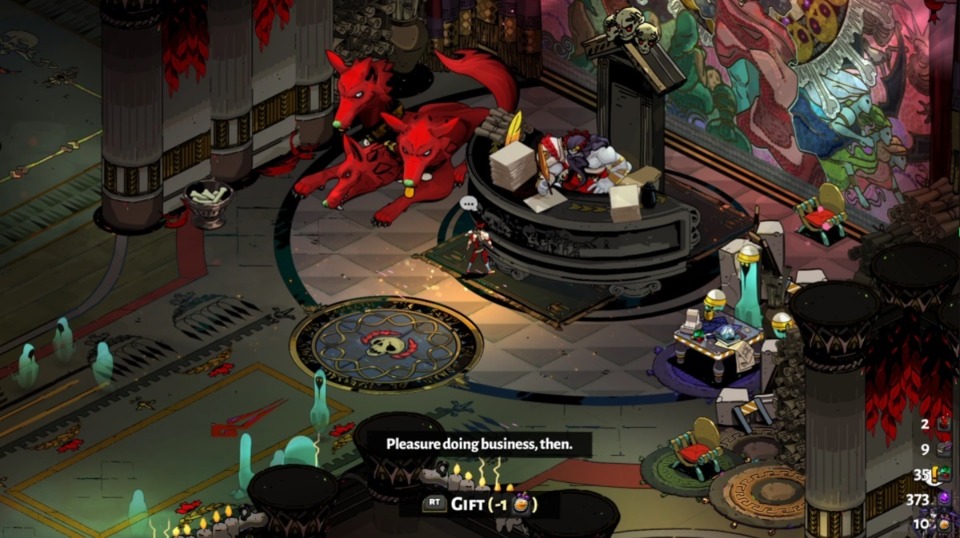
What more can I say? Hades came along in the heyday of roguelikes and said “Wait, hold on, this is how it’s done. Got it? Okay, carry on.”
Leaving aside the mechanical perfection on display; ignoring the extensive array of inspired superpowers and the army of character builds they make possible; and looking beyond the sheer talent of the writers and the breadth of the characters they brought to life here; I am endlessly impressed with the lengths Hades travels to account for the player’s journey. I’m 82 runs in at the time of this writing, and I still can’t recall a repeated conversation, a recycled interaction, a situation in which I thought to myself, “Supergiant has finally run out of gas.” It’s a roguelike that combines its mechanics with its mile-long script to create a depth of storytelling rivalling the emergent natures of Middle-earth: Shadow of Mordor or State of Decay. And because of that, I am in awe.
Got it? Okay, carry on.
2. Half-Life: Alyx
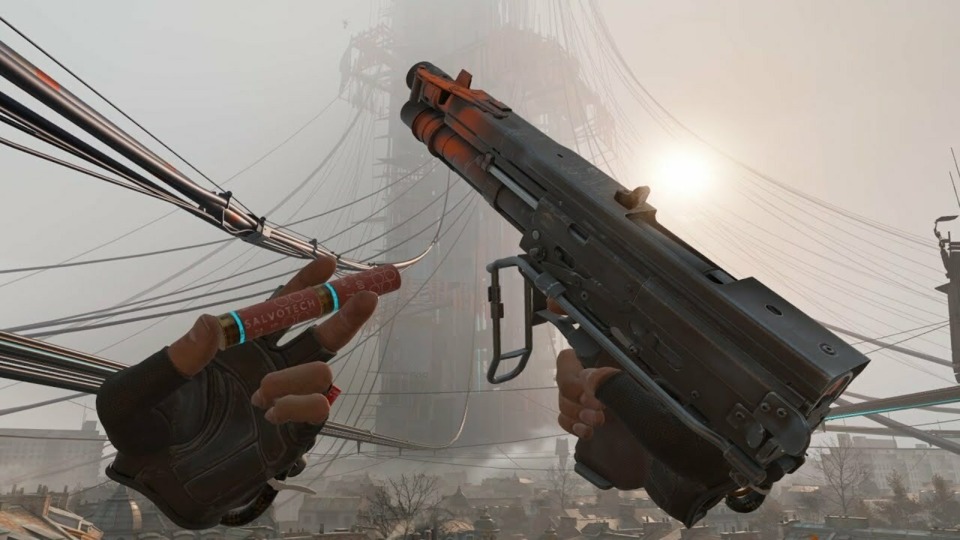
I had more fun reloading my gun in Half-Life: Alyx than I did fighting the final boss of Doom Eternal.
It was my last magazine for my handgun, and at a glance, it had three rounds left in it. If only I could have held onto it for one second longer, slid it into the hollow of the grip a little more smoothly. But of course, I dropped it, because headcrab zombies were slowly surrounding me. I ran, and then circled back, and on the second try, my nerves didn’t fail me. Pop, pop, pop, as my arm pivoted to take aim at each encroaching offender.
All of which is my best attempt at a glowing endorsement of Valve’s ability to take something menial and make it into an adventure. In many ways, Alyx is the shooter I’ve been hoping for since I came across the mere concept of virtual reality. “Imagine this,” I said while playing Halo 2, “if I was actually there. Imagine if those were my hands.”
It seems silly to praise Alyx for the most fundamental aspects of VR. But that’s the thing: Alyx may be the first game to truly capitalize on those foundational traits. It understands that ducking behind cover shouldn’t be something we take for granted. It knows how footsteps, off to our left somewhere, can be the most terrifying sound in the world. It understands how a shotgun can be the most comforting talisman possible in the dark places below the city, and how apprehension can be a currency when we are holding that gun, and we are tiptoeing around that corner, and we are coming face to face with whatever waits there.
1. Kentucky Route Zero
Like water between my fingers, Kentucky Route Zero continually escapes my clutch.
On paper, it’s simple to explain: an episodic point-and-click adventure with puzzles, dialogue trees, and mini-games, taking place in a fantastical version of the American Midwest.

But describing Kentucky Route Zero is like describing a dream to a friend or a therapist long after you’ve woken up. The plot and the action are secondary to the substance itself. Because no other game in recent memory better encapsulates the logic, pacing, travel, or quality of a dream. No other game exists, like a dream, in the aftermath as much as in the actual experience. Kentucky Route Zero sees us traveling a metaphysical highway dotted with decrepit farmhouses and decaying barns. We meet the people who were left behind--first by industry and then by information--and succumbed to addiction, depression, and the viral march of time. They tell us stories of grief, remorse, and yes, even hope. They give us glimpses into their lives because, well, no one else will listen. In this way, we become something of a travelling confession booth.
Kentucky Route Zero is, by all accounts, not my kind of game. I value mechanical prowess over a scripted story any day of the week. If a compelling story happens to arise from those mechanics? All the better.
But Kentucky Route Zero hypnotized me from the start. It not only pays homage to the genius of Gabriel Garcia Marquez, Jorge Luis Borges, and Salman Rushdie, to name a few, but actively continues that magical realism mythos, finding a place for itself in the continuum of some of my favorite stories ever told. It is a game haunted by America’s past, and very much worried about (maybe even resigned to) its future. I’m not sure what it has to say about the two, or even if it has anything concrete to say about them. I need to play the game again.
But I do know that its world shook me like the most haunting of dreams, and the people residing within caught me by surprise at every turn. I stopped at roadside dives to help them write a song. I joined them on a float down a peaceful river, on a tugboat piloted by a literal mammoth. I helped them deliver one last antique, although we couldn’t find the destination because, like water, and like that eerie, magical highway itself, it continually recedes before us, and besides, the destination isn’t even the point, but rather the way it all unfolds, and the people we choose to listen to along the way.